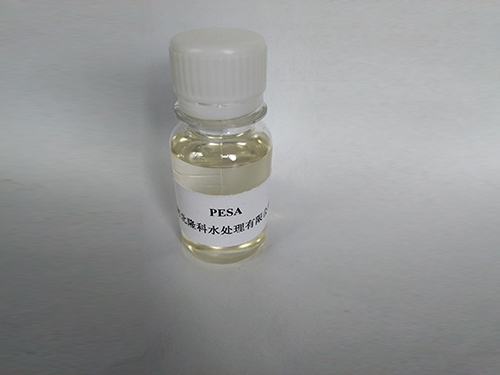Safety Information and Handling Guidelines for Polyaluminum Chloride Material Safety Data Sheet
Understanding Poly Aluminum Chloride (PAC) and Its Safety Data Sheet (MSDS)
Poly Aluminum Chloride (PAC) is a widely utilized coagulant in water treatment processes. Its effectiveness lies in its ability to enhance the removal of impurities, such as suspended particles, from water. Due to its crucial role in ensuring water quality, it is essential to understand its properties, applications, and safety measures outlined in its Material Safety Data Sheet (MSDS).
Properties of Poly Aluminum Chloride
PAC is a polymeric form of aluminum chloride and is composed of a complex mixture of aluminum hydroxide and aluminum chloride. This compound exhibits high solubility in water and demonstrates excellent coagulation performance. Its efficiency is attributed to its large molecular size and high charge density, which allows it to effectively neutralize the charges on suspended particles in water. The result is the formation of larger aggregates that can be easily removed through sedimentation or filtration processes.
Applications of PAC
The primary application of Poly Aluminum Chloride is in the treatment of drinking water, wastewater, and industrial effluents. It is particularly beneficial in municipal water treatment plants, where it improves the safety and quality of potable water. Besides, PAC is employed in various industries, including paper production, textile manufacturing, and food processing, where it aids in clarifying fluids and reducing turbidity.
Moreover, PAC has certain advantages over traditional coagulants like alum, including a lower dosage requirement and the production of less sludge. This not only makes PAC more cost-effective but also reduces the environmental impact of water treatment processes.
Safety Considerations and MSDS
polyaluminum chloride msds

Given that PAC is a chemical product, understanding its safety implications is crucial for anyone handling it. The Material Safety Data Sheet (MSDS) for Poly Aluminum Chloride provides essential information regarding its properties, potential hazards, handling procedures, and emergency measures.
Physical and Chemical Properties The MSDS outlines the physical state of PAC, which is usually a solid or liquid depending on its formulation. It reports information such as the color, pH, solubility, and specific gravity, which is essential for assessing its handling requirements and compatibility with other substances.
Hazard Identification The MSDS identifies potential hazards associated with PAC. It may cause irritation to the skin, eyes, and respiratory tract upon contact. Therefore, appropriate personal protective equipment (PPE), including gloves, goggles, and masks, should be worn when handling the product. The MSDS also highlights the importance of avoiding inhalation and contact with the skin and eyes.
Handling and Storage Safe handling practices are reiterated in the MSDS. PAC should be stored in a cool, dry place away from incompatible substances. Proper ventilation in storage areas is crucial to minimize the risk of inhalation during preparation and application.
First Aid Measures In case of exposure, the MSDS provides detailed first aid measures. For skin contact, it advises washing thoroughly with soap and water, while eye exposure requires immediate flushing with water for an extended period. Ingestion requires seeking medical attention, indicating that awareness of emergency procedures is vital for safe operation.
Conclusion
Poly Aluminum Chloride is a valuable chemical in the field of water treatment and various industrial applications. However, understanding its properties, applications, and safety precautions as outlined in the MSDS is paramount for ensuring safe handling and effective use. By adhering to the guidelines provided in the MSDS, operators can utilize PAC effectively while minimizing potential hazards, ultimately leading to a safer environment and improved water quality.
-
Pbtc Scale InhibitorPBTC: A Scale Protector for Industrial Water TreatmentNewsAug.05,2025
-
Organic Phosphonate: An Efficient Defender in the Field of Scale InhibitionNewsAug.05,2025
-
Hydrolyzed Polymaleic Anhydride: Green Pioneer in Scale Inhibition FieldNewsAug.05,2025
-
PAPEMP Polyamino Polyether Methylene Phosphonic Acid For SaleNewsAug.05,2025
-
Flocculant Water Treatment: A Pioneer in Purification in the Field of Water TreatmentNewsAug.05,2025
-
Benzyl Isothiazolinone: An Efficient and Broad-Spectrum Antibacterial Protective GuardNewsAug.05,2025





